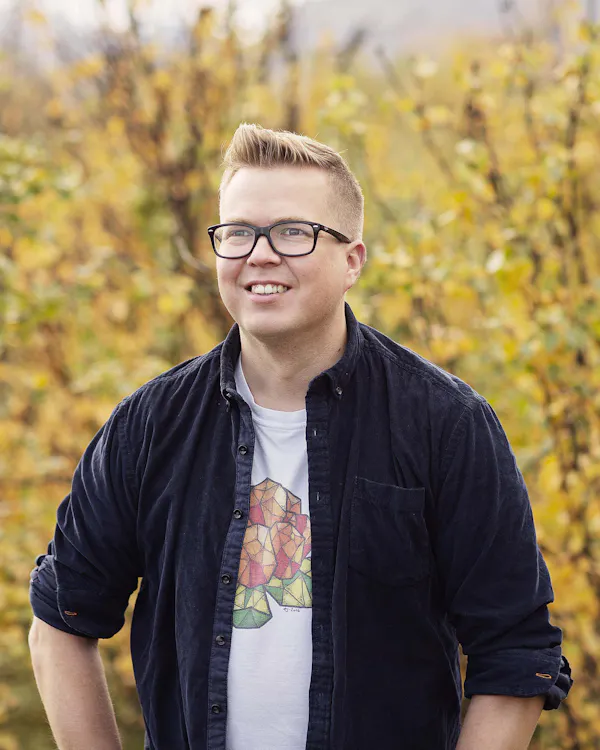
Documentary film about Mázejoavku
In 2020, our artist partner Susanne Hætta wrote a book about Mázejoavku. Now another artist partner with us, Ken Are Bongo, is making a documentary film about the iconic artist group together with director Gunilla Bresky.
- Documenting a group of artists who have been so important to Sami history and art history is very engaging and exciting to be part of. As a filmmaker, this gives me inspiration for my own projects. The collaboration with Gunilla and the production company Rein Film is very good. It is an inclusive development process, and gives me room for creativity in the documentation as a cinematographer, says Ken Are about the process they are currently in.

Gunilla Bresky (b. 1948) is a filmmaker, writer and director. She has made several films, including the documentary about Áillohaš: "Son of the Sun" in 2017.
- Áillohaš inspired me a lot and taught me about the Sami world and philosophy, about the power of nature. I myself live in the north, and I believe that the Sami is part of my cultural heritage, as I live in Luleå, which is also in Sápmi. I think it's an important story to tell. If Mazejoavku had existed in other countries such as Germany and Italy, many films would have been made about them. But they are in Sapmi, and no one has made a film about them, and almost no one knows about Mazejoavku outside the North. That's why I want to tell the story. I remember when I was young myself in the 70s, and the atmosphere there was. We young people began to understand what was happening in the world, and we had a strong belief in being able to make the world better. I see Mazejoavku as part of that movement, and they remind me of the power we had then, says Bresky.
You have chosen to work with Ken Are, tell us a little about it.
- The collaboration with Ken Are has gone very well. He is pleasant, safe, funny, and it means a lot that he is Sami himself and has good contact with our artists. We want to make the film in Sami, but it is difficult to achieve. When I'm making a film, I'd like to direct a lot, but when it's spoken in a language I don't speak, it becomes challenging. I have made several films in foreign languages in the past, including Aillohas. I know it works, but it's a difficult process, but I've decided to take the challenge head on. I myself am a language person. I have worked in radio, and dialogue is the most important thing there. When I make films, the dialogue is just as important, and every word and every sentence has to be right. Now I work with wonderful people, the artists in Mázejoavku, and I have gotten to know them well, and together we will make it happen. And of course Ken Are is the most important link, because he is the one who understands the language, and it is he who must know if we have to do a recording several times, or when we can move on.
When will we see the movie about Mázejoavku?
- Everything depends on the pandemic. At best, the film will be finished in a year, but it's hard to say. My films usually take several years to make, because it's not something I just go out and do. It takes time, concludes Bresky.
Mázejoavku:
Mázejoavku was established in 1987 by Aage Gaup, Trygve Lund Guttormsen (d. 2012), Josef Halse, Berit Marit Hætta, Britta Marakatt-Labba, Hans Ragnar Mathisen, Rannveig Persen and Synnøve Persen. Mázejoavku was the first generation of Sami artists who proudly openly presented their background, claimed their right to be Sami, and re-defined and raised the status of Sami art (Susanne Hætta, Mázejoavku – Indigenous Collectivity and Art, 2020).




